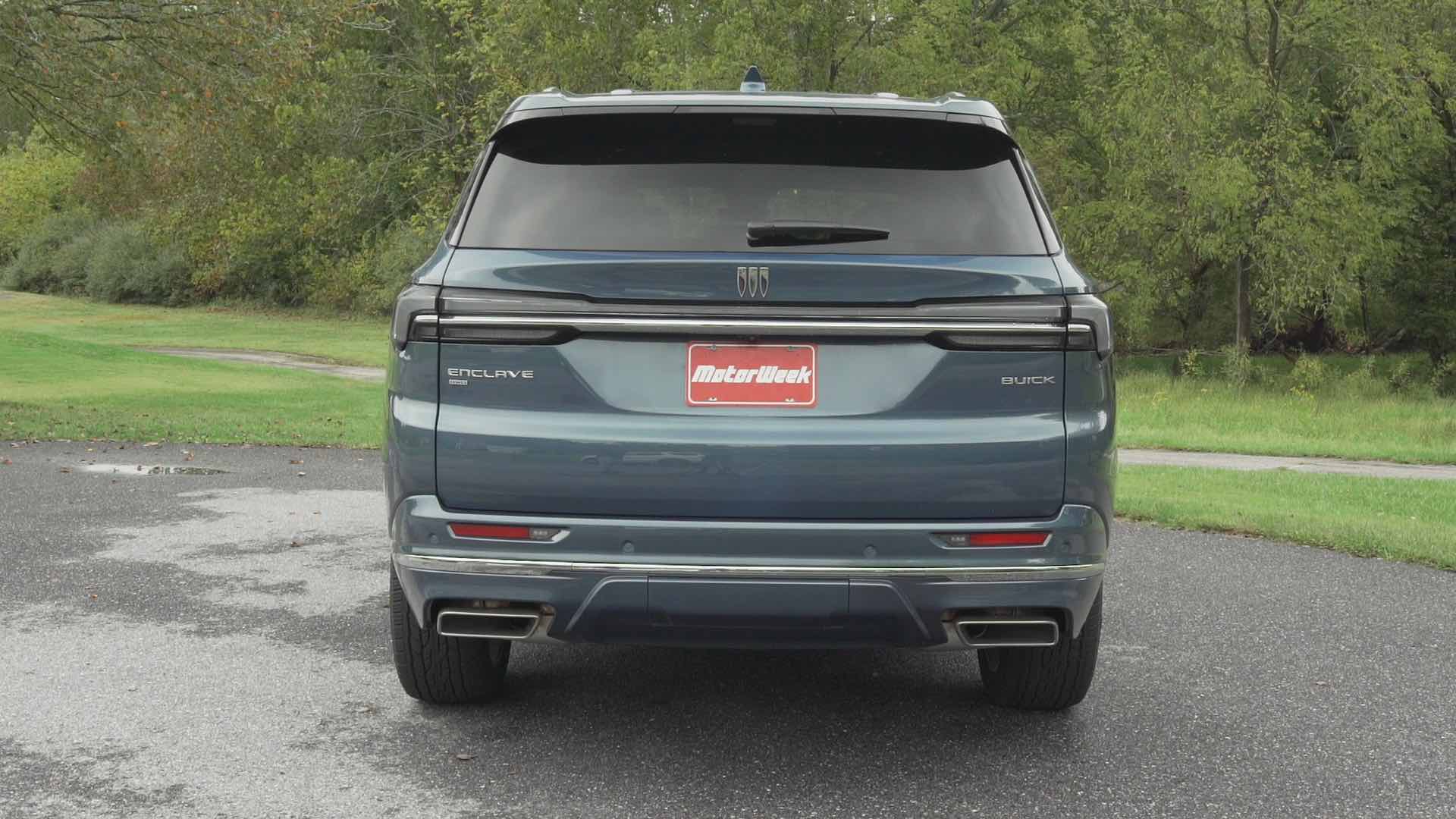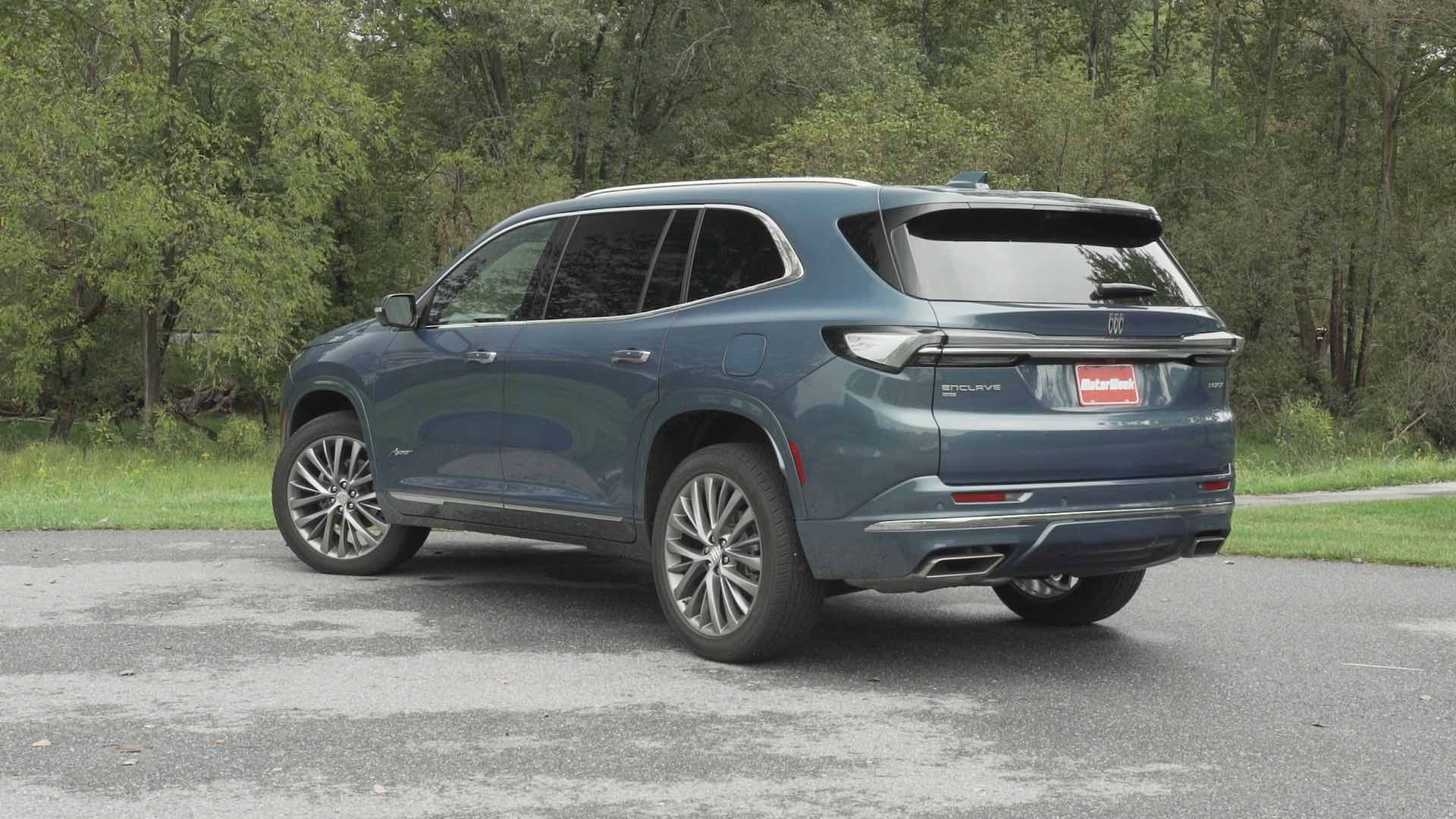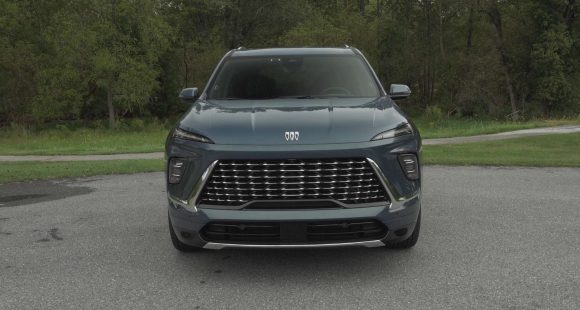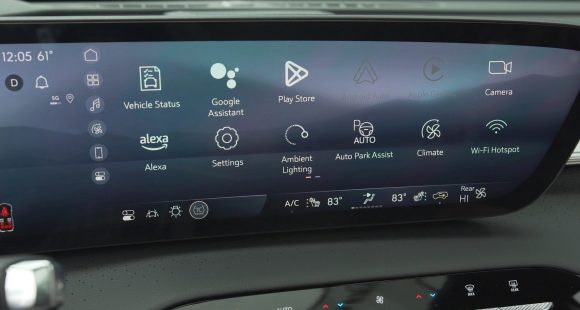If you’re like Volkswagen these days, you might want to “just get away from it all” for a while. And now they’ve produced that perfect getaway vehicle, the Volkswagen Beetle Dune. A classically-themed, thought thoroughly modern dune buggy…bug that Volkswagen hopes will make you forget their diesel woes, and go for a ride…just for the fun of it.
Ok, we know that this 2016 Volkswagen Beetle Dune is not an actual dune buggy in the traditional DIY sense. But it clearly is inspired by the Baja Bugs of the 1960’s and 70’s; when the Beetle infestation of America was in full swing. Peace and love, baby.
Today’s Dune package is a tip to nostalgia, available on either hardtop or convertible Beetles.
It starts with some unique trim and exterior colors like this 70’s-tastic Sandstorm Yellow. From there it gets all-new front and rear fascias, black-out around the wheel arches, side molding, 18-inch Canyon aluminum wheels, silver and black side mirrors, a big ducktail spoiler, and of course Dune lettering on the doors to let everyone know what it’s all about.
Ride height does get a slight bump of almost 1/2 an inch, though you have to look really hard to notice it. Taillights are LED, and an available Lighting Package adds LED DRLs and Bi-Xenon headlights to the front.
 There is no throwback under the hood with the same 1.8-liter turbo-4 found in base Beetles, and of course it powers strictly the front wheels. A 6-speed automatic transmission is standard. Engine output is 170-horsepower and 184 lb-ft. of torque.
There is no throwback under the hood with the same 1.8-liter turbo-4 found in base Beetles, and of course it powers strictly the front wheels. A 6-speed automatic transmission is standard. Engine output is 170-horsepower and 184 lb-ft. of torque.
Unable to find any sand dunes, deserts, or even beaches here in our Central Maryland location, our adventures were strictly confined to the pavement.
Taking it in a ¼-mile at a time, we found good torquey punch off the line; enough to have to battle a bit of wheel spin on our way to an 8.0-second 0-60.
Working down the track, it’s swift and mostly silent. Shifts are snug and quick, with the engine and exhaust finding an athletic and eager harmony, for the 16.2-seconds that it takes to trip the lights at 90 miles-per-hour.
There was good balance through the cones, with just some mild oversteer that progressed the harder we pushed, eventually getting really loose as speeds rose. Steering is light and quick in application, but vague in feel.
Stops from 60 were consistently 120-feet, with a soft and relaxed nature that perfectly matched the rest of the track experience.
 Inside, the Dune’s landscape has noticeably shifted. There are sport seats with contrasting color, a unique steering wheel, and body-colored dash and door trim.
Inside, the Dune’s landscape has noticeably shifted. There are sport seats with contrasting color, a unique steering wheel, and body-colored dash and door trim.
As well as VW’s new MIB II Composition Media infotainment system featuring a 6.3-inch touch screen that senses when your hand is approaching and operates with tablet like control.
Gauges get a unique theme, with colors to match the stitching found on the wheel and seats. The available Technology Package adds dual zone automatic climate control as well as a Fender premium audio system.
A back-up camera is standard, and we still love seeing it pop out from behind the logo.
The rest of the Beetle’s interior confines remain the same; which means a rear seat too tight for adults, but also a wide opening hatch that reveals room for 15.4 cubic-ft. of cargo; expanding to 29.9 cubic-ft. with the seatbacks folded.
It’s a nicely done space too, and between the new theme and great materials, it really feels a notch above its price point.
The Dune is definitely a cool addition to the Beetle lineup. But we’d be much more jacked up about it, if VW would have jacked it up a little more, added all-wheel-drive, and thrown on some all-terrains, making a Subaru Impreza Crosstrek competitor out of it.
Government Fuel Economy Ratings are 25-City, 34-Highway, and 28-Combined. We averaged a good 29.8 miles-per-gallon of Regular. So the Energy Impact Score is quite good, with use of just 11.8-barrels of oil and 5.2 tons of CO2 emissions yearly.
Pricing for the Dune Coupe starts at $24,815; putting it just above SE trim level. And you’re stuck with the 1.8-liter and automatic transmission. The convertible Dune arrives later this summer.
Let’s face it. If you’re driving around in a Beetle you’re not afraid of attracting a little attention to yourself. So why not go all in, and add some serious attitude to your bug, with the 2016 Volkswagen Beetle Dune. It’s a perfect little escape vehicle, even if you’re just trying to find a short get away from your daily grind.
Specifications
- Engine: 1.8 liter
- Horsepower: 170
- Torque: 184 lb-ft.
- 0-60 mph: 8.0 seconds
- 1/4 mile: 16.2 seconds @ 90 mph
- EPA: 25 mpg city/ 34 mpg Highway
- Energy Impact: 11.8 barrels of oil/yr
- CO2 Emissions: 5.2 tons/yr
Long Term Updates
Our latest long-term vehicle, this 2016 Volkswagen Beetle Dune, is also benefiting from a warm summer and lots of long weekend getaways…mainly to our local sand piles.
In case you missed our road test, the Dune is just the latest in a line of special edition Beetles like the Classic, Denim Convertible, and the just announced upcoming #PinkBeetle. All designed to attract attention and help keep this nostalgic entry from going stale.
The Baja Bug inspired Dune certainly attracts attention, and it’s off to a good start with us.
And why not? The Dune takes all the fun attributes of the Beetle and adds a little bit more ground clearance, a throwback paint job, and a big rear spoiler.
Plus unique trim inside, to go along with the Beetle’s good coupe layout and great material quality.
It looks like this summer we’ll be partying like it’s the summer of ’69.
Mileage: 3,000This 2016 Volkswagen Beetle Dune has been in our fleet for 2-months; mostly performing commuting duty, as we’ve tacked on just over 3,000-miles. Its unique look is turning heads just about everywhere we go; while providing us with plenty of fun along the way.
Now, some might not find the Sandstone Yellow color attractive, but it does seem to attract other Beetles; as a Dune convertible was spotted around our office recently as well.
We continue to find this bug’s interior very comfortable for a small car, and materials feel above price point for sure.
And despite sporting the smaller of the two Beetle engines available, the 1.8-liter turbo-4 has plenty of power; as well as a good 31.5 miles-per-gallon average. So, in this Beetle, it’s “to the Dunes and beyond!”
Mileage: 5,0003–months and 5,000–miles behind the wheel of our 2016 Volkswagen Beetle Dune showed us that even though the “new Beetle” has been around for almost 20–years now, it still can turn heads; especially when decked out in Sandstorm with a big duckbill spoiler out back.
A manual transmission would make the 1.8-liter’s 170–horsepower more fun, but it certainly isn’t underpowered even with the automatic; and so far we’ve averaged 30.4 miles-per-gallon.
And while we haven’t done much off-roading to make use of its higher ground clearance, we have enjoyed the softer ride quality bi-product; making this special edition Beetle truly special indeed.
Mileage: 6,000 And with that cold weather on the way, unfortunately our 2016 Volkswagen Beetle Dune has bolted for warmer climes. We sure will miss having this flashy 2—door around; as it brought us plenty of fun and peppy performance, with more than a few thumbs up from other VW drivers. In its 4-month stay, we put just shy of 6,000-miles on the odometer, and averaged 30.5 miles-per-gallon from its 1.8-liter turbo-4. Summing up our time with the Dune is one driver’s comment, “it’s not the most practical vehicle around, but is sure is fun and looks cool too.” Not to worry, the Dune’s parking space will be occupied by the mother of all minivans, the new 2017 Chrysler Pacifica.







 There is no throwback under the hood with the same 1.8-liter turbo-4 found in base Beetles, and of course it powers strictly the front wheels. A 6-speed automatic transmission is standard. Engine output is 170-horsepower and 184 lb-ft. of torque.
There is no throwback under the hood with the same 1.8-liter turbo-4 found in base Beetles, and of course it powers strictly the front wheels. A 6-speed automatic transmission is standard. Engine output is 170-horsepower and 184 lb-ft. of torque.  Inside, the Dune’s landscape has noticeably shifted. There are sport seats with contrasting color, a unique steering wheel, and body-colored dash and door trim.
Inside, the Dune’s landscape has noticeably shifted. There are sport seats with contrasting color, a unique steering wheel, and body-colored dash and door trim. 



























